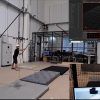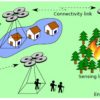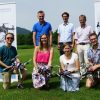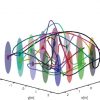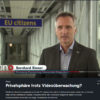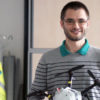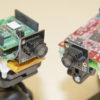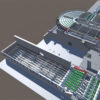Our research on privacy-protection in cameras and in drone videos was broadcasted across Germany, Switzerland, and Austria. The science show nano from 3sat reported about our TrustEYE prototype for protection onboard cameras and our video anonymization in aerial videos.
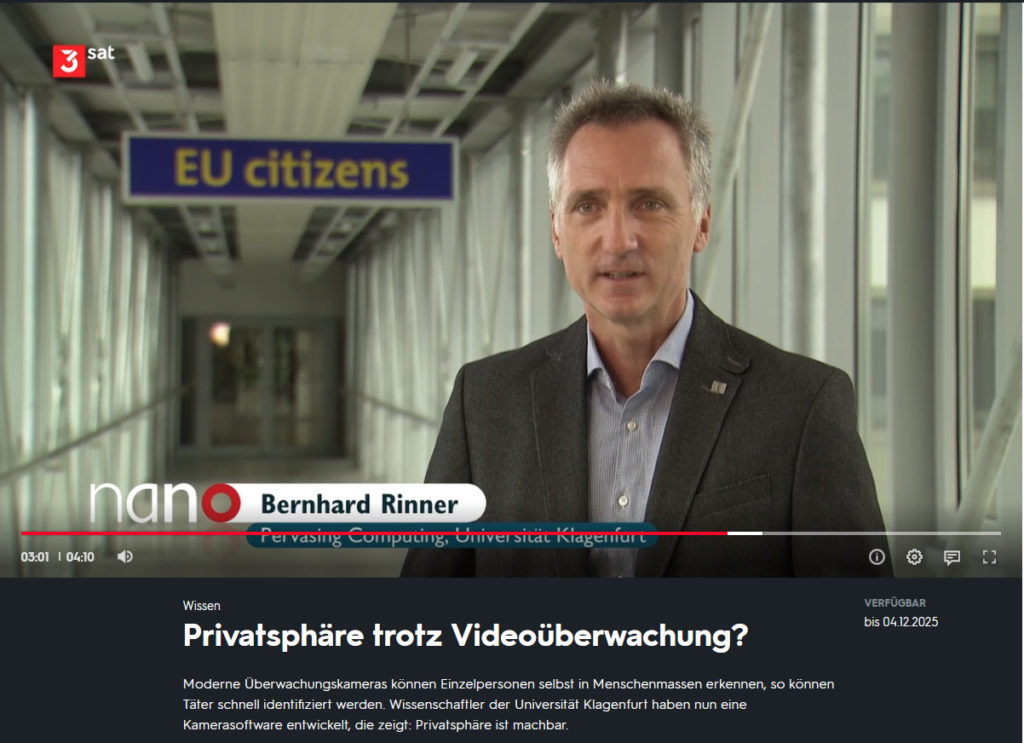
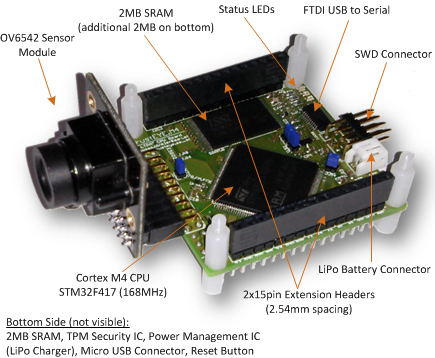
The key idea of TrustEYE is to protect access to the image sensor and encapsulate dedicated security and privacy functionality in a secure sensing unit embedded on the camera. The TrustEYE has exclusive access to the image sensor’s raw data. It separates sensitive from non-sensitive data by applying dedicated image analysis and ensures that only non-sensitive data is available to the camera host system.
Our video anonymization is based a robust spatio-temporal hopping blur filter that protects privacy through de-identification of face regions. The filter distorts a face region with secret parameters to be robust to naïve, parrot and reconstruction attacks. The distortion is minimal and adaptive to the resolution of the captured face. This privacy filter produces temporally smooth and pleasant videos.
Publications
Thomas Winkler, Adam Erdelyi and Bernhard Rinner. TrustEYE.M4: Protecting the Sensor – not the Camera. In Proceedings of the IEEE International Conference on Advanced Video and Signal-Based Surveillance (AVSS), Seoul, Korea. August 2014.
Thomas Winkler and Bernhard Rinner. Security and Privacy Protection in Visual Sensor Networks: A Survey. ACM Computing Surveys, 47(1):1-42, 2014.
Omair Sarwar, Andrea Cavallaro and Bernhard Rinner. Temporally smooth privacy protected airborne videos. In Proceedings of the IEEE/RSJ International Conference on Intelligent Robots and Systems (IROS 2018), Madrid, Spain. October 2018.
Omair Sarwar, Bernhard Rinner and Andrea Cavallaro. A privacy-preserving filter for oblique face images based on adaptive hopping Gaussian mixtures. IEEE Access, 7:142623-142639, 2019.
